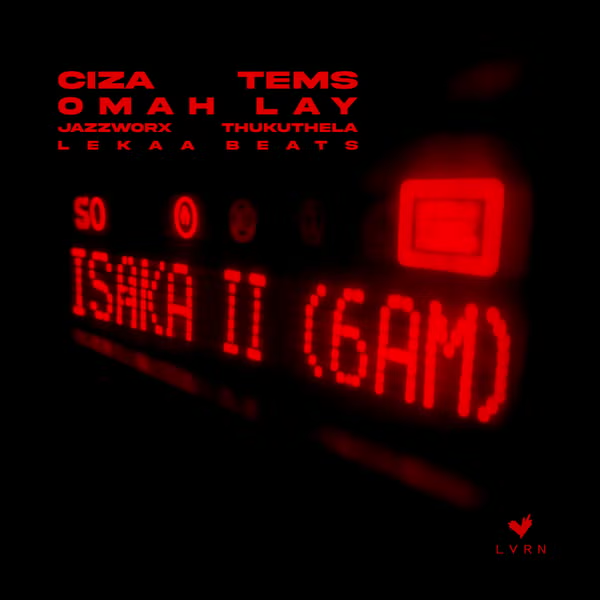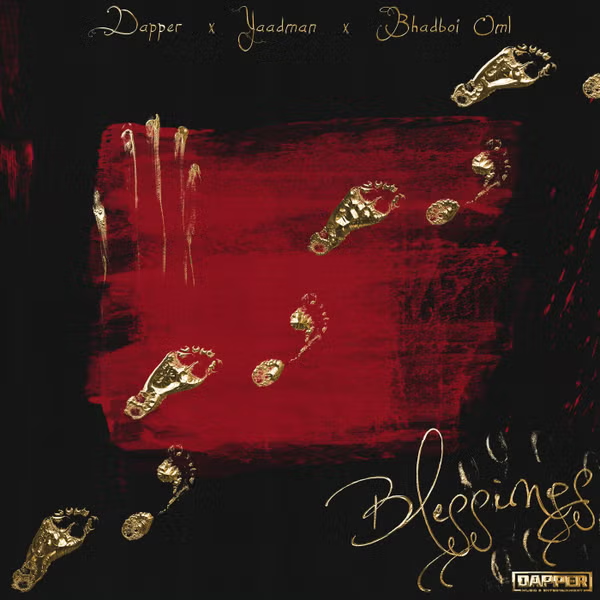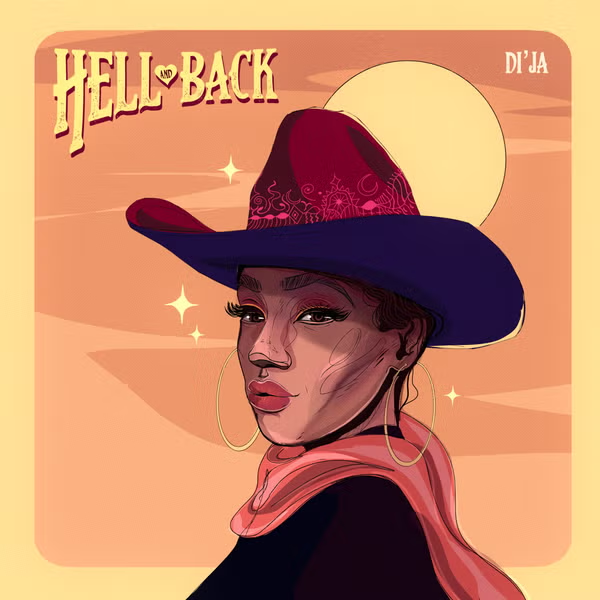Whether or not you believe in dogs, this little Nepalese tradition will restore some of your faith in humanity. Each year, on the second day of the five-day Diwali celebrations in Nepal, the country celebrates Kukur Tihar or “day of the dogs” by worshipping man’s four-legged friend. These dogs are showered with flowers, adorned with garlands and tilak or gulal. After a ceremonial puja, they are treated to milk, eggs, meat, dog food, or anything they like.
Each day has its own focus, and specific observances vary from one denomination of Hinduism to another. Regardless of regional and denominational differences, Diwali is a period of gift-giving, storytelling, and recognition of the relationships humans have with all things. In Nepal, Diwali is called Tihar.
Similar to other Diwali observances, lamps are lit at night during Tihar. The festival of lights celebrates the triumph of light over darkness, of knowledge over ignorance, and the dissolution of barriers that separate humans from an authentic experience of the world.
Nepalese Hinduism is unique in dedicating the second day of Tihar, Kukur Tihar, to the worship of dogs. Dogs are especially important to Nepal’s Hindu practitioners.
During day two of Tihar, Kukur Tihar, the role of dogs in human life and throughout history is celebrated. In the Rigveda, one of Hinduism’s most ancient texts, Samara — the mother of dogs — assists Indra, the ruler of heaven, in retrieving stolen cattle. Hindu tradition holds that a dog is the guardian and messenger of Yama, the lord, and judge of the dead.
A dog is also said to guard the gates of the afterlife. At the close of the Mahabharata, the king of righteousness, Yudhishthira, refuses to enter heaven without his devoted dog.
The dog is revealed to represent the concept of dharma, the path of righteousness. During Tihar, each day is devoted to honoring a different concept or entity: crows, dogs, cows, oxen, and fraternal relationships, respectively.
On the second day, Kukur Tihar, all dogs are recognized, honored, and worshiped. What forms does this worship take? During Kukur Tihar, the mythological and real relationships between humans and dogs constitute the day’s major focus.
A garland of flowers is draped around the neck of every dog; not only those with homes but strays as well. On Kukur Tihar, a red mark is applied to the forehead of each dog.
In Nepal, this mark is called the tika, a paste made from abir — a red dye powder — along with rice and yogurt. The tika is applied in a single stroke on the forehead upward from the eyes.
Like the malla that garlands the neck, the red tika marks the dog as both a devotee of the righteous path and as an object of devotion. The tika imbues the dog with an air of sacredness and acts as a blessing to those who encounter the dog during Kukur Tihar.
Prayers and flowers are certainly nice, but as far as dogs are concerned, their favorite part of Kukur Tihar must be the food.
On the first day of Diwali, Kaag Tihar, food is arrayed on the roofs of homes as offerings to crows. On the second day, food offerings are put out for dogs in the home, as well as for strays in the streets.
These food offerings take a variety of forms. Depending on the celebrant, the dog’s treats may include milk, eggs, meat, or high-quality dog food. Some may even offer dogs a bit of sel roti, a deep-fried confection similar to a donut. This is a day when dogs have the best of everything.




























